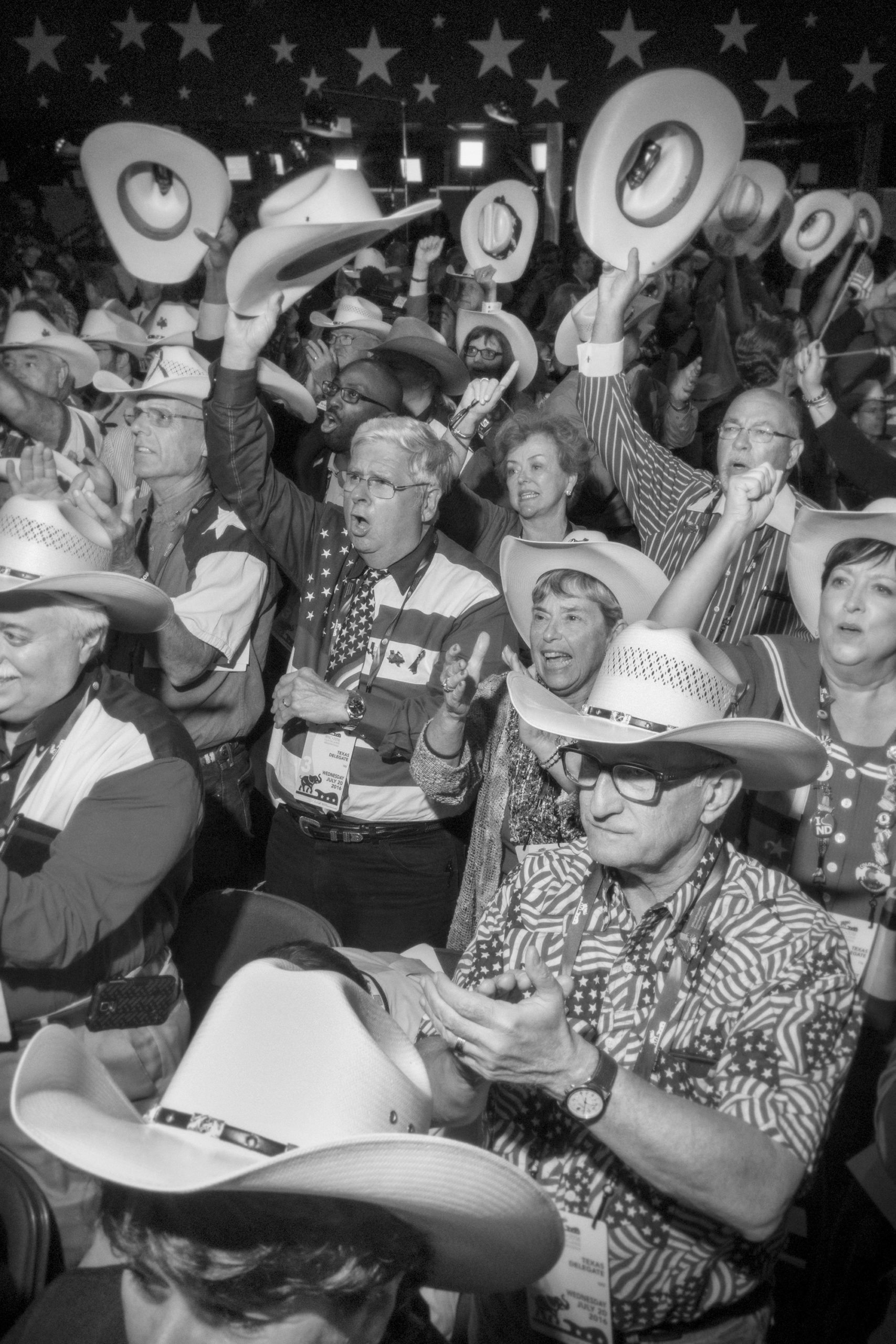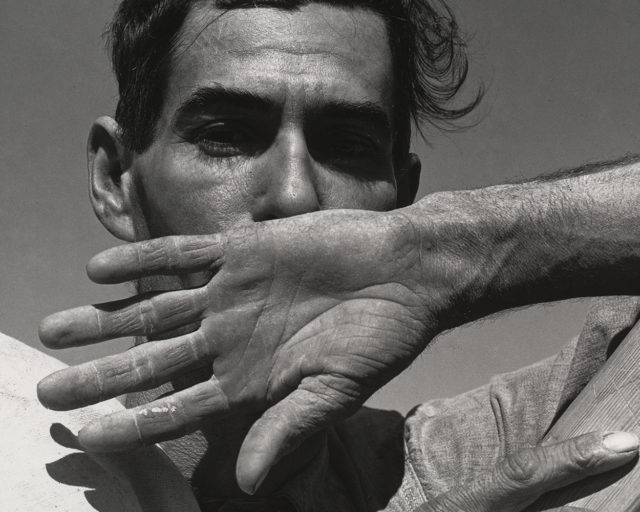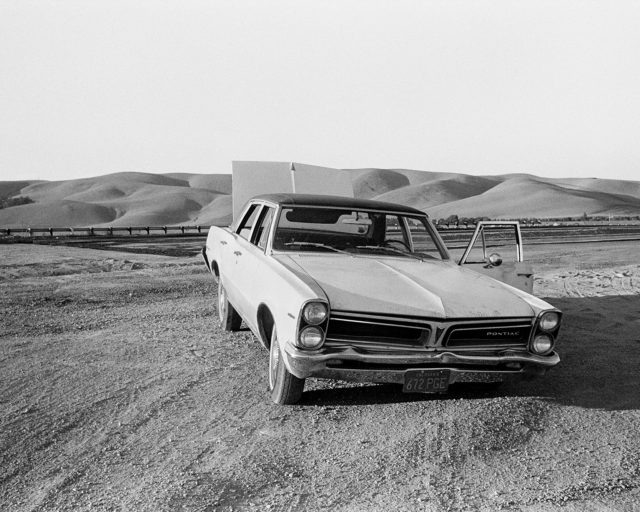A Photographer’s Unflinching Portrait of America in Crisis
Philip Montgomery shares the stories behind nine images in his new photobook “American Mirror.”
Philip Montgomery, The People’s Way, George Floyd Square, Minneapolis, Minnesota, June, 2020
American Mirror is the award-winning photographer Philip Montgomery’s dramatic chronicle of the United States at a time of profound change. Through his intimate and powerful reporting and a signature black-and-white style, Montgomery reveals the fault lines in American society, from police violence and the opioid addiction crisis to the COVID-19 pandemic and the demonstrations in support of Black lives. Yet in his unflinching images, we also see moments of grace and sacrifice, glimmers of solidarity and tireless advocates for democracy. Like Dorothea Lange and Walker Evans before him, Montgomery has made an unforgettable testament of a nation at a crossroads. As Patrick Radden Keefe writes in American Mirror, “Montgomery’s photographs capture the reality of Americans in crisis, in all our flawed, tragic, ridiculous glory.” Here, we look at the stories behind nine of Montgomery’s iconic photographs.

Saying Goodbye to Brian
A family mourns the loss of their son, Brian Malmsbury, who died of an opioid overdose in the basement of their home. Brian’s death was an especially quiet one. He was thirty-three and had been working toward sobriety after years of addiction. Opioid-related overdoses are the leading cause of death for Americans under the age of fifty, killing more individuals each year than car accidents or gun violence.

Minutes to Curfew
Tony Clark embraces a fellow protester shortly before a citywide curfew in Minneapolis. Minutes later, protesters were attacked with impact munitions and tear gas. The murder of George Floyd renewed a sense of urgency for the Black Lives Matter movement in the US—and galvanized protests around the world. Within days, as both peaceful protests and violence erupted in the city, state officials imposed an overnight curfew, and Minnesota National Guard troops were deployed to the streets.

Union Break
Facing single-digit temperatures, members of Milwaukee Ironworkers Local take a break at a job site near Kenosha, Wisconsin. A state with a longstanding history of labor activism, Wisconsin has become a crucible in a nationwide Conservative effort to destroy America’s labor unions. Its right-to-work law, signed by Governor Scott Walker in 2015, eliminates the requirement for private sector workers represented by a union to pay dues.

Texas for Trump
Members of the Texas congressional delegation chant “Trump” during the third night of the 2016 Republican National Convention. Trump carried Texas in the 2016 election, but only by nine points—the smallest margin of victory for a Republican in the state since Bob Dole’s five-point win twenty years earlier.

The Onset
Prior to entering the emergency department, a health care worker at the Queens Hospital Center puts on personal protective equipment, known familiarly as PPE. At the onset of the pandemic, PPE was in such short supply at New York City’s public hospitals that workers were forced to improvise, reusing single-use surgical masks designed to be worn once and fashioning hospital gowns out of their own foot coverings.

The People’s Way
The intersection of East 38th Street and Chicago Avenue in Minneapolis, the site of George Floyd’s arrest and murder, became a gathering place for protesters, a site of mourning, and the center of a movement. Demonstrators perched on rooftops and filled the parking lot of the Speedway gas station across the street, which kept a running tally of each day that passed after Floyd’s death. The intersection, eventually named George Floyd Square, remained a meeting place throughout the trial of Derek Chauvin, who in April 2021 was found guilty on all three charges he faced in the murder of Floyd.

Lauren Returns Home
Lauren Gundlach returns to her childhood home after it was destroyed by floodwater from Hurricane Harvey. Along with her father, she set out to retrieve an original 1936 lithograph by Henri Matisse. Once inside, she and her father realized that they also needed to rescue a work by Edgar Degas. They waded out of the neighborhood with these and other artworks propped atop a small kayak.

A Christmas Eviction
Housing is intertwined with the persistence of poverty in the US. Some low-income families, facing impossible rent demands, become used to moving between shelters and the streets in the aftermath of an eviction order. Shortly before Christmas Day in 2015, an eviction notice was served to a family in north Milwaukee, where one management company advertises evictions for $395, providing a “hassle-free way to deal with problem ten- ants.” Today, the majority of poor renting families spends more than half their income on housing, and millions of Americans are evicted every year.

All photographs courtesy the artist
The Viewing
After viewing Brian Malmsbury’s body, his family members gathered at a funeral home in Kettering, Ohio. Eight days earlier, Brian had been found dead from a heroin overdose in the basement of his mother’s home. Brian had struggled with depression and addiction for many years. “He’d always just been a sad kid,” said Patty Neff, Brian’s mother.
These photographs and texts originally appeared in Philip Montgomery: American Mirror (Aperture, 2021).


























